Jamaica’s rich cultural heritage comes alive through its iconic landmarks, each offering a captivating journey into the island’s vibrant past. From the Bob Marley Museum, which immerses visitors in the legendary reggae artist’s life, to the Devon House, a testament to Jamaica’s black entrepreneurial class, these landmarks paint a vivid picture of the country’s history and identity.
Explore the National Gallery of Jamaica, a treasure trove of artistic expression, or venture into Trench Town Cultural Yard, the birthplace of reggae, for an authentic glimpse into the roots of a global music phenomenon.
For a comprehensive experience, visit Seville Heritage Park, where indigenous, Spanish, African, and British influences converge, unveiling Jamaica’s unique cultural blend. Take a trip through time and immerse yourself in the fascinating island’s live history.
1. Bob Marley Museum
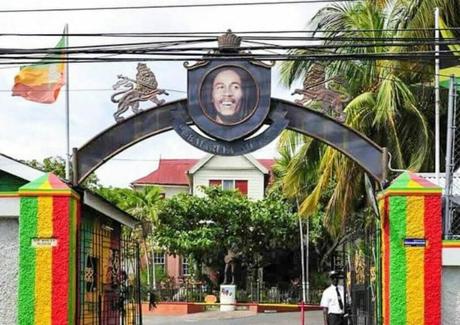
A journey to Jamaica would be completed without paying respect to the great reggae singer and his vast musical legacy at the Bob Marley Museum. Situated on Hope Road in Kingston, this museum is actually Marley’s former residence, preserving his belongings, records, and personal memorabilia. Tours are led by knowledgeable guides who weave stories of Marley’s life, providing a deep insight into his journey from a humble beginning to a global music icon.
This landmark doesn’t only offer a peek into Marley’s life but also embodies a significant part of Jamaica’s socio-political history. Bob Marley used music as a tool to shed light on the struggles and resilience of the people, and his influence continues to shape the island’s cultural and musical landscape. The museum is a must-see monument for all visitors since it represents Jamaica’s quest for social justice.
Operating Hours: The museum is open from 9:30 a.m. to 4 p.m., Monday through Saturday.
Ticket Prices: The general admission ticket for an adult is approximately USD 25, and for a child, it’s around USD 12.
Tips: The guided tour lasts about an hour. Try to get there early to avoid crowds and to have a more personalized experience.
2. Devon House
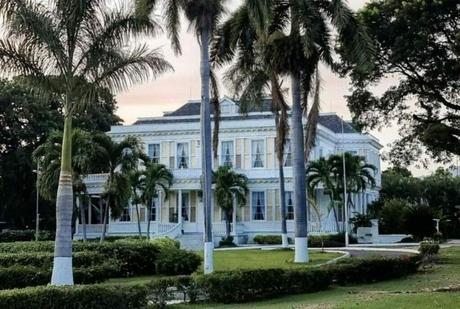
Built in 1881 by George Stiebel, Jamaica’s first black millionaire, the Devon House stands as an eloquent testimony to the island’s complex colonial history. Nestled amidst lush gardens in Kingston, this magnificent Georgian-style mansion highlights the cultural fusion that defines Jamaican architecture. It now features a variety of craft stores, gourmet eateries, and an ice cream parlor known for its delectable tropical flavors.
Beyond its architectural charm, Devon House embodies an essential part of Jamaican history – the rise of the black entrepreneurial class post-emancipation. Stiebel, who was of mixed heritage, amassed his wealth through ventures in Venezuela, illustrating the diverse global connections Jamaica has always enjoyed. Here, you’re not just seeing a house, you’re witnessing a significant cultural transition in Jamaican society.
Operating Hours: Devon House is open from Monday to Saturday, 9:30 AM to 10 PM.
Ticket Prices: Entry to the Devon House grounds is free, but there’s a charge of around USD 10 if you want to take a guided tour of the mansion.
Tips: Don’t forget to try the renowned Devon House ice cream. The tropical flavours are a must-try, especially the creamy coconut or the delightful Devon Stout.
3. National Gallery of Jamaica
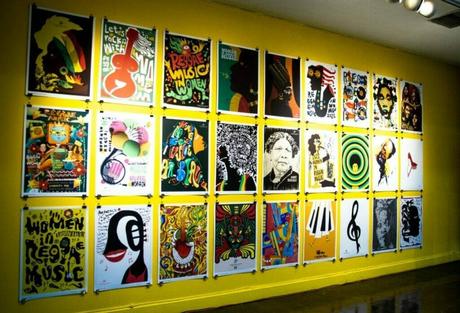
The National Gallery of Jamaica is more than simply an art museum; it is a vivid voyage through Jamaica’s rich tapestry of art and history. The gallery, located in Kingston, displays a comprehensive collection of early, modern, and contemporary art by Jamaican artists and the Jamaican Diaspora. Expect to see everything from Taino artifacts to intuitive masterpieces, all serving as visual narratives of Jamaica’s diverse culture.
What makes the National Gallery special is its commitment to promoting Jamaican art, hosting several exhibitions and educational programs throughout the year. By spotlighting local artists and their unique artistic expressions, the gallery facilitates meaningful dialogues about Jamaican identity, society, and heritage. It’s an inspiring landmark where art and culture collide, fostering a deeper appreciation for Jamaica’s creative spirit.
Operating Hours: The gallery is open from 10 a.m. to 4:30 p.m. Tuesday through Thursday, and from 10 a.m. to 3 p.m. on Saturdays.
Ticket Prices: General admission to the gallery costs around USD 5. There are discounted rates for students and seniors.
Tips: The gallery offers free admission on the last Sunday of each month, which is also when they host a range of engaging activities including artist talks and live performances.
4. Trench Town Cultural Yard
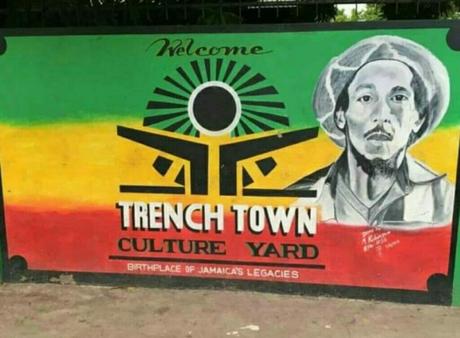
Trench Town Cultural Yard is where the pulsating rhythms of reggae were born. This modest community in Kingston, once the home of Bob Marley, Peter Tosh, and Bunny Wailer, played a crucial role in the evolution of this globally influential music genre. Today, the yard serves as a museum, documenting the community’s history and its immense contribution to Jamaica’s cultural heritage.
Visitors to the yard are met with tales of resilience and creativity, the combination of which birthed reggae. The exhibits offer a glimpse into the everyday life of Trench Town residents and their shared aspiration to express themselves through music. The raw, unfiltered vibe of the yard delivers an authentic experience that takes you beyond the commercialized image of reggae, right into the heart of its roots.
Operating Hours: Every day from 9:30 a.m. to 5 p.m.
Ticket Prices: The entry fee for adults is about USD 15, while children enter for USD 7.
Tips: Take a guided tour to properly appreciate the area’s historical and cultural significance. Remember that this is a live community, so please be courteous.
5. Seville Heritage Park
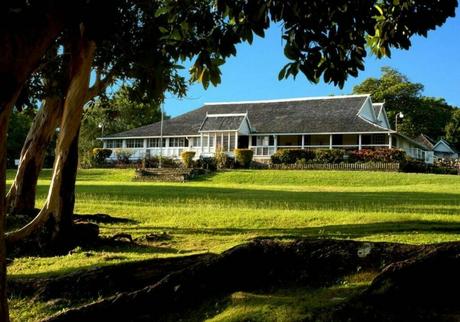
Located in St. Ann’s Bay, Seville Heritage Park is a cultural goldmine, marking one of the earliest encounters between the Old and New World. It’s a site where the indigenous Taino, Spanish settlers, African slaves, and British colonizers all left their indelible mark, shaping a unique cultural blend that characterizes Jamaica today.
Touring the park, you’ll discover the remnants of a Taino village, a Spanish sugar mill, and a British Great House. Each relic tells a different chapter of the park’s multifaceted history, collectively painting a comprehensive picture of Jamaica’s past. The park is more than simply a historical place; it also holds the yearly Emancipation Jubilee, a lively celebration of liberation packed with traditional music, dance, and cuisine. This celebration provides a captivating experience of Jamaica’s living history and shared cultural heritage.
Operating Hours: The park is open from 9 a.m. to 5 p.m., Monday through Sunday.
Ticket Prices: Adult entry is approximately USD 20, while children can enter for around USD 10.
Tips: The site is vast, so wear comfortable shoes. If you can, plan your visit to coincide with the Emancipation Jubilee for a truly unforgettable experience.
FAQ
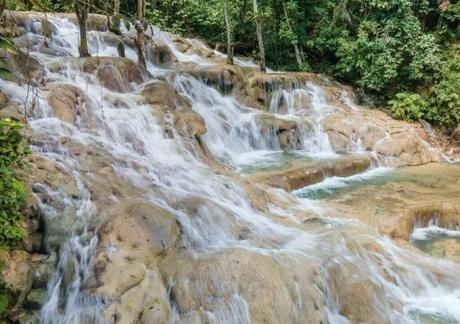
What Is The Most Famous Landmark In Jamaica?
The most famous landmark in Jamaica is Dunn’s River Falls. Located in Ocho Rios, this natural wonder is a 180-meter terraced waterfall that cascades down a series of limestone steps. It is a popular tourist attraction where visitors can climb the falls, surrounded by lush tropical vegetation.
What Are Some Cultural Practices In Jamaica?
Jamaica has a rich cultural heritage with several distinctive practices. One notable cultural practice is reggae music, which originated in Jamaica and has become globally renowned. Another significant cultural practice is Rastafarianism, a religious and social movement that promotes unity, peace, and the use of natural products, including the sacramental herb, cannabis.
What Are Two Famous Buildings Or Monuments In Jamaica?
Two famous buildings or monuments in Jamaica are the Bob Marley Museum and the Devon House. The Bob Marley Museum, located in Kingston, is the iconic reggae artist Bob Marley’s old home, which now functions as a museum dedicated to his life and music. Devon House, located in Kingston, is a well-preserved 19th-century Georgian-style house that is now a national historic monument displaying Jamaican history and offering a range of local cuisine and artisan outlets.

